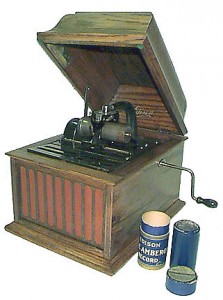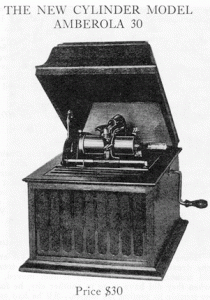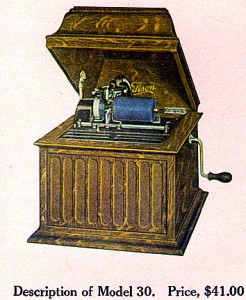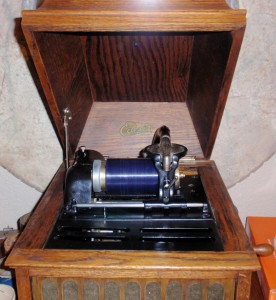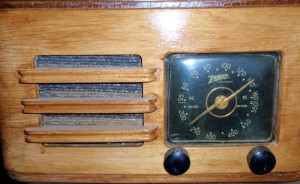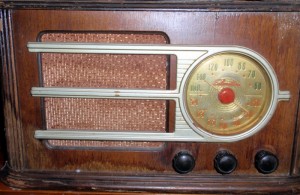In-laws and antiques…they have a lot in common
LOL it is true – at least in my case. Jace and I moved her parents to Lubbock this weekend. They rented a little duplex up here for the time being. We are talking about building a place before the years up. We’ll see what we come up with.
None the less it was actually a quick and fun move. Well, ok, the moving part was moving and not so fun, but the other parts were fun. My father-in-law is a collector (I can hear Jace saying “pack-rat”). He collects and repairs old clocks mainly. Everything from Grandfather clocks, to Coo-Coo clocks, to mantel clocks. He has more than a few…I would guess around 100. We have at least five in our house. Each one is really unique and all the ones we have work. I think most of the ones he has work as well since that is what he started doing after retirement – repairing old clocks.
Enough about the clocks though – his place is like a cross between a museum and a flea market. LOL Sorry George! He asked me if I wanted to see his CD player – I thought why not. So he took me into the formal living room and there was this oak box. I thought hmmm…neat, ok, lets get back to work. Then he told me to open the top. I did, and it was an old Thomas A. Edison record player. This is one of the ones that play the ‘can’ records. (cylindrical records). The dang thing works too. I was laughing and amazed by it. He gave it to me and I have it sitting high on my chest of drawers where Kaden can’t reach. Jace and I danced to it last night. LOL
We are trying to date it – and find the specific model. Which we think it is an Ambrola 30 model. It has on the bottom “Edison No. 6 Cabinet factory form 890”. It looks very simiular to the one below. The information indented below is borrowed from this web site. (http://www3.sympatico.ca/jean-paul.agnard/collection3/amberola30.htm)
Introduced in February 1915, when no other manufacturer on the planet was making cylinder phonographs (the last new Columbia Graphophone cylinder machines were issued in 1908: Type BO, BQ & BV), it is the first of the 3 new models issued that year. 30 was the price in dollars as for the 50 and 75 models This prooves that there was no inflation in 1915 (in 1919 after the first world war, their prices were respectively: $41, $68 & $100). The horns of these models, in opposition with the ones of the serial I to X, being not nicely finished and moving with the reproducer, were hidden by a piece of silk stuck behind the front grill. Normally equiped with a Diamond C reproducer, it is here with a modified model H reproducer and special adapter ring used for International Coresponding School cylinders because of the use of a 4 minute recorder needed by students. To run at 90 rpm as for all language cylinders, the speed control, normally inside the gear cover, extends from outside to facilitate the passage from 160 to 90.
From the Edison Phonograph Monthly of April 1915 and in September 1918, the price was $41.00 (in peace in 1915, the USA were in war in 1918 and the inflation had started).
I will include a picture of the actual model I have somewhere soon in this post. Maybe someone can help me determine which one it is for sure. I am not worried about what it is worth, because I think it is cool – regardless. I have 3 working records for it right now. One of them recorded in 1902, and is black. I have not determined if it can be played on this model yet.
I also grabbed 3 wooden tube AM radios. A Zenith, Silvertone, and one which was George’s great grandpa’s. It will pick up AM, Police band, and some other frequencies. They all work, but I will need to do some work on them. Replace some wires and such…don’t want to get shocked or burn the house down while showing off the awesome sound systems I have.
Anyway, here are some pictures of the actual things I got from him, as well as a video. Enjoy – come by some time and we’ll put a record on and dance. LOL
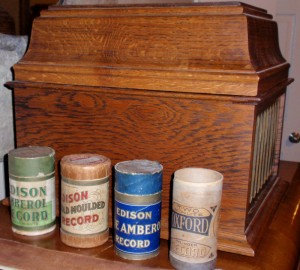
Now for the video! Oh yeah – listen to the quality there boys…who needs digital or analog?
Click the link above for the movie!
